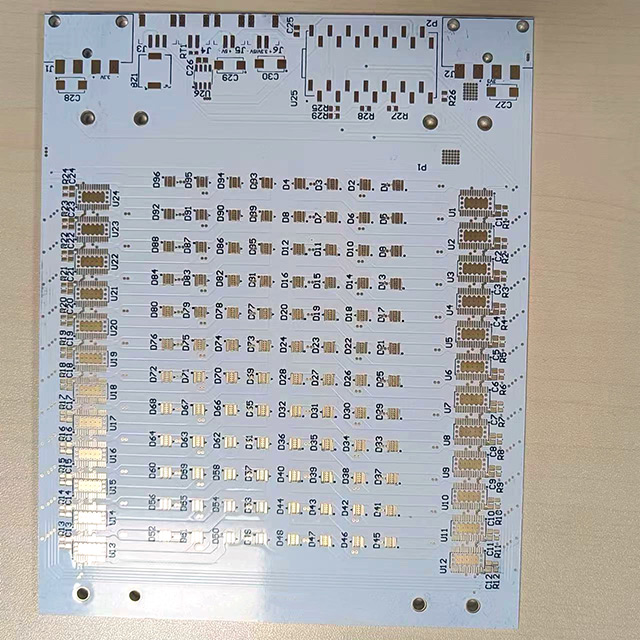Pat H
-
I'm sure this will have come up but what are the thoughts on cable entry into metal CUs?
Obviously from the rear is simplest but if cables have to come in from below then do we need to use metal glands or are plastic ok?
I assume for RFC its best for both legs of the circuit to enter together (although I think in terms of eddy currents as long as the L & N in the T&E are together that's all that's needed)
Been talk of ensuring the fixings to the wall are fire proof but even if use plastic raw plugs the screws are metal and I can't see a box falling off if it got really hot.
Also thinking some Intumescent sealant around the back to help seal the rear entry cables will effectively glue it in place anyway!
(Hey spelt topic right this time
Obviously from the rear is simplest but if cables have to come in from below then do we need to use metal glands or are plastic ok?
I assume for RFC its best for both legs of the circuit to enter together (although I think in terms of eddy currents as long as the L & N in the T&E are together that's all that's needed)
Been talk of ensuring the fixings to the wall are fire proof but even if use plastic raw plugs the screws are metal and I can't see a box falling off if it got really hot.
Also thinking some Intumescent sealant around the back to help seal the rear entry cables will effectively glue it in place anyway!
(Hey spelt topic right this time














